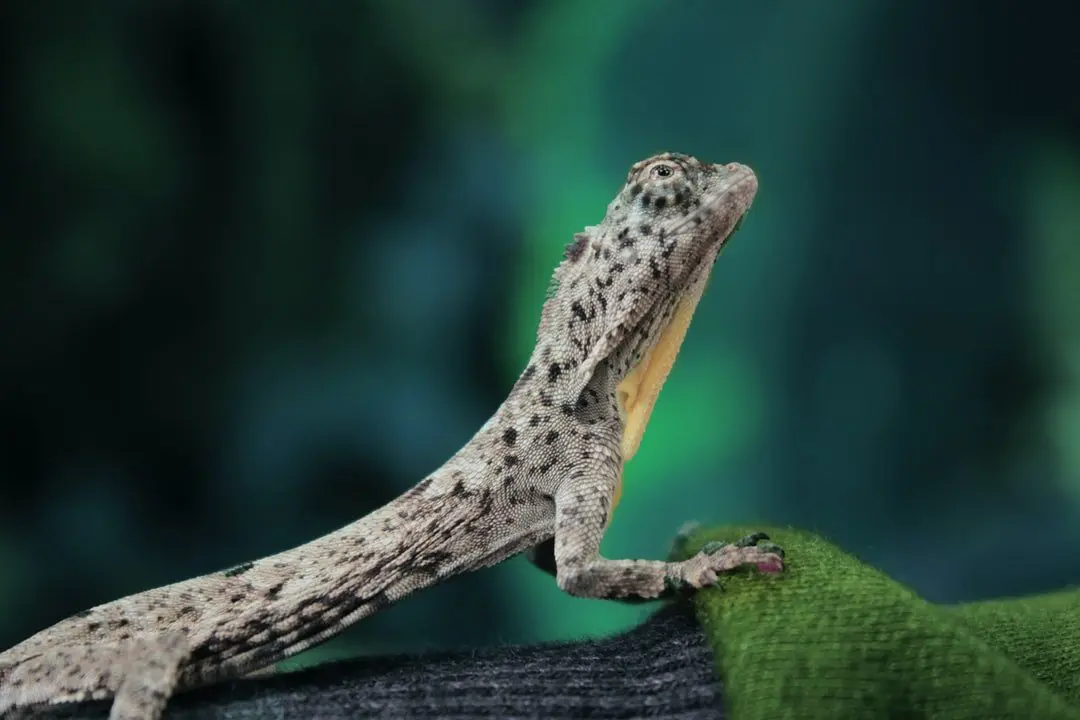Pets and Children
It’s absolutely fascinating that more than two-thirds of households in the United States are home to beloved pets. Data provided by the American Pet Products Association reveals that a staggering 70% of American families include at least one furry, feathered, or scaly companion. This percentage marks a significant increase from 1988, when only 56% of households had pets. The timeless pairing of pets and children evokes heartwarming images, as seeing our animal friends alongside their pint-sized human counterparts never fails to melt our hearts. Beyond the sheer joy they bring, pets offer numerous benefits to children, contributing to their emotional and social development. They also play an integral role in completing the fabric of our homes and families. Nevertheless, it’s essential to approach the integration of kids and pets thoughtfully, as discussed in detail by a local Olympia, WA veterinarian in the following article.
What Are the Benefits of Children Having a Pet?
Pets offer numerous advantages to children, and their impact might surprise you!
- Social Skills: Pets provide constant companionship and affection, fostering children’s social skills through unconditional love and cuddles.
- Live-In Therapists: Are you aware that pets play a crucial role in assisting children with various challenges, including autism? Beyond that, pets like Fluffy and Fido are exceptional listeners.
- Responsibility: Youngsters, even the smallest ones, can participate in pet care, from feeding fish to stroking hamsters, instilling a sense of responsibility in them.
- Fewer Allergies: Were you aware that children raised with pets have lower allergy rates compared to those without? Exposure to dust, fur, and dander actually aids in fortifying children’s immune systems.
- Stress Relief: Most of you have likely sought solace in the warm embrace of your furry friend after a tough day. Whether it’s Fluffy’s comforting purrs or Fido’s affectionate gestures, their presence can offer immense comfort, a sentiment equally true for children.
- Complete the Family: Pets possess a unique ability to transform houses into homes, playing a pivotal role in completing our families and providing children with a sense of security.
- Mental Development: Though more research is needed, current studies suggest that pet ownership can enhance children’s cognitive abilities, as they learn to interpret nonverbal signals. Additionally, reading to pets like Fido or Fluffy during early literacy development stages proves beneficial, as pets are excellent listeners.
Additionally, pets serve as wonderful playmates and nap companions. They also display protective instincts towards children at times, offering another potential advantage.
What Age Is Ideal for Introducing a Pet to a Child?
Every child matures at their own pace, making it impossible to pinpoint a specific age when they’re universally ready for pets. It varies depending on the child and the type of pet in question. However, it’s generally not recommended to introduce pets to children under five years old. At this stage, children are still refining motor skills and may experience occasional toddler tantrums, which could distress pets.
Having a young child doesn’t mean you can’t have a pet; it just means you’ll likely be responsible for its care. Additionally, closely supervising interactions between the child and pet is essential.
Do Children Experience Greater Happiness with Pets?
Pets have the ability to uplift children’s moods. Their playful antics, be it Fido chasing a toy, Fluffy pouncing on a catnip mouse, or smaller animals enjoying treats, serve as live-in entertainment, making it hard not to laugh and boosting the mood. Animals simply have a knack for bringing smiles to our faces.
What Pet Makes a Suitable First Choice for Children?
Selecting the appropriate pet is crucial for a positive experience. Many individuals begin with smaller pets, and gerbils, hamsters, and Guinea pigs are popular choices. Although these animals share similarities, there are distinct differences among them. Guinea pigs stand out as the largest and most charismatic, thriving in social settings and requiring companionship. On the other hand, hamsters and gerbils, both small and endearing, possess fragility. While typically gentle, they may nip if frightened. Each option offers unique qualities, emphasizing the importance of considering factors like size, social needs, and temperament when choosing a pet.
Fish like goldfish or Betta fish are also viable options. Additionally, certain reptiles can serve as excellent pets for older children.
Dogs and cats undoubtedly make fantastic animal companions. However, it’s important to consider the dynamics with young children. Fluffy might feel intimidated by a loud or clumsy toddler, so it’s wise to wait until the Terrible Twos phase has passed. Fido can also be an excellent friend, but it’s essential to select a dog known for its calm and tolerant nature.
Do some research to find what suits your needs. Don’t forget to seek advice from your Olympia, WA veterinarian for valuable insights.
When Should I Consider Getting a Pet for My Child?
Is your child expressing a desire for a pet? While there are numerous advantages, there are also potential challenges to consider. Children often exhibit rapid shifts in interests, moving swiftly from one favorite to the next. It’s common for them to fervently request a pet, only to lose interest or fail to meet the animal’s needs adequately. Several indicators can help guide your decision-making process. Consistent and persistent requests for a pet suggest genuine interest. Additionally, observing your child’s level of responsibility, as evidenced by their performance in tasks like chores and homework, can provide valuable insights. Are they consistently forgetful, or do they exhibit self-motivation in completing their responsibilities? Assessing these factors can aid in determining whether your child is ready for the commitment of pet ownership.
Age is a crucial factor to consider. A responsible ten-year-old might handle a puppy’s care independently, but a four-year-old may not be ready for such responsibility.
In What Ways Can Children Assist With Pet Care?
Determining your child’s level of responsibility is essential. Will they be responsible for walking the dog? Will they handle tasks like feeding the cat or cleaning the litter box? Supervision is necessary, and you should be prepared to step in if necessary. However, even young children can contribute to pet care.
Here are a couple of options kids can participate in:
- Feed the pet
- Fill water dishes
- Clean cages/bowls
- Change litter
- Play with the pet
- Brush the pet
- Make DIY toys
- Make DIY houses/furniture
- Walk Dogs
- Read to the pet
- Name the pet
- Help with training
Kids can also assist in selecting a pet. For instance, if opting for a hamster, take your child to the pet store to choose one.
What Safety Guidelines Should Be Followed When Children and Pets Are Together?
Prioritize safety above all else. Selecting the appropriate pet is paramount.
Here are several recommendations:
- Trim your pet’s nails regularly to reduce the risk of scratches.
- Make sure to schedule regular vet appointments for your pet.
- Ensure that children wash their hands thoroughly before and after interacting with the pet or its belongings.
- Always closely supervise interactions between kids and pets. Avoid leaving them alone until you’re confident they’ll be safe.
- Educate your child on the fundamentals of pet body language, like understanding that a wagging tail indicates happiness in dogs but the opposite in cats.
- Stress the significance of treating pets with kindness and empathy. After all, we all desire to be treated with care!
When handling a small pet, encourage your child to sit or kneel. This minimizes the distance the pet may fall if it jumps or slips.
Consult your veterinarian for additional details.
Pets are beneficial for children, teaching them kindness, friendship, and empathy. They provide unconditional love, and serve as great playmates and cuddle companions. However, selecting the appropriate pet and closely monitoring interactions is crucial.
Need guidance on caring for your pet? Get in touch with us at Olympia Veterinary Hospital located in Olympia, WA, today!




